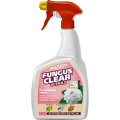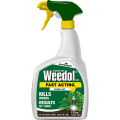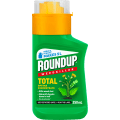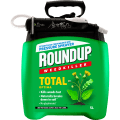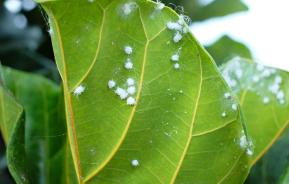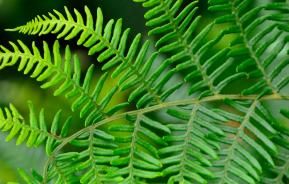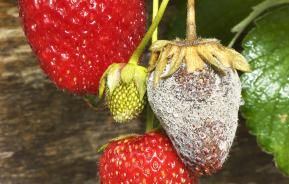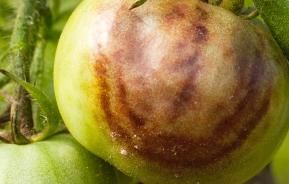Bacterial canker is a disease that affects members of the Prunus family – including cherries and plums. Even large, badly affected trees can be killed by this disease.
Description
Bacterial canker is a disease that is particularly common on cherries and plums – both edible and ornamental – as well as apricots, peaches and other Prunus species. The disease weakens the plant and can cause extensive dieback if not treated. Plants under stress and growing in poorly-drained soils are more susceptible to this disease.
Symptoms
Bacterial canker symptoms vary, depending on the plant but are generally seen as sunken, dead and damaged areas of bark on the branches and stems. Look for swollen stems that ooze a gummy sap.
On the leaves, brown round spots appear that fall out later to leave a hole – as if it had been hit by shotgun pellets, giving rise to its popular name of the shot hole.
Treatment and control
Cut out all cankered areas, pruning back around 10-15cm (4-6in) beyond the affected parts into healthy wood.
Bacterial canker often enters the tree through wounds – including pruning wounds made in autumn and winter. Never prune members of the Prunus family in autumn and winter when they are dormant – only prune when the tree is in leaf and in active growth. The best time is July and August.
Always sterilise pruning tools to prevent the spread of the disease. Maintain good hygiene and burn all prunings.
Spray with a suitable fungicide
For canker on plums and cherries, treat with a copper fungicide (containing copper oxychloride) 3 times a year: mid-August, mid-September and mid-October. Copper fungicides are also useful controls for peach leaf curl.

